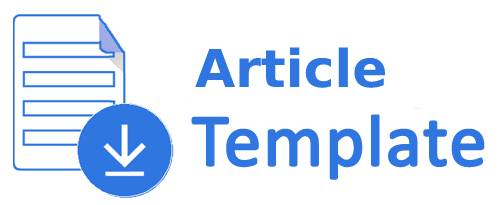Supporting Multiple Points of View in Knowledge Organization
DOI:
https://doi.org/10.17821/srels/2013/v50i6/43831Keywords:
Knowledge Organization, Ontology, Owl, Multiple Conceptualization.Abstract
Knowledge organization schemes typically assume a single point of view and a consequent single scheme of classification and a single set of categories with "standard" definitions and conceptual relationships. The real world, on the other hand, is full of multiple points of view that result in different conceptualizations and categories which are incompatible with each other. This article attempts to formulate the present lack of support for multiple points of view as a formal problem in ontological modeling and proposes a solution that enables multiple, incompatible views of the world to co-exist in a single KO scheme. Although a particular view in such a KO scheme is likely to be inconsistent with other views within the same scheme, the solution guarantees that each view presents a consistent conceptualization of the world or domain being organized. The proposed solution is expected to be of significant practical value in supporting multiple conceptualizations resulting from cultural, historical, philosophical, linguistic and political differences. This article also examines the gaps in current standards such as OWL and proposes an extension to OWL to enable multiple points of view.Downloads
References
David, S.; Touretzky, John F. and Horty, Richmond H. Thomason. (1987) A Clash of Instuitions: The Current State of Nonmonotonic Multiple Inheritance Systems. In Proceedings of International Joint Conferences on Artificial Intelligence, 1: 476.
Dean Allemang and James Hendler. (2011) Semantic Web for the Working Ontologist, 2nd edition, Morgan Kaufmann.
Mikel Egana Aranguren. (2009) Role and Application of Ontology Design Patterns in Bio-Ontologies, Thesis submitted to Manchester University.
Natalya, F. Noy and Mark, A. Musen. (2004) Specifying Ontology Views by Traversal, In Proceedings of International Semantic Web Conference - 2004, LNCS 3298, p. 713-725, 2004.
Official Website of Government of Karnataka – List of Departments, http://www. karunadu.gov.in/pages/departments.aspx
Ontology Design Patterns. http://www.ontologydesignpatterns.org
Ontology Views Project. Structural Informatics Group, University of Washington, http:// sig.biostr.washington.edu/projects/ontviews/
OWL2 Web Ontology Language Profiles. W3C Recommendation, www.w3.org/TR/owl2-profiles/
Pascal Hitzler; Markus Krotzsch and Sebastian Rudolph. (2010) Foundations of Semantic Web Technologies, CRC Press.
Protégé, Open Source Ontology Editor and Knowledge-Base Framework, Stanford University, http://protege.stanford.edu/ 11. Resource Description Framework. W3C Recommendation, www.w3.org/RDF/
Simple Knowledge Organization System Primer. http://www.w3.org/TR/2009/ NOTE-skos-primer-20090818/
Union Government Departments, Government of India, http://goidirectory.gov.in/ union_organisation.php?ct=E003
Web Ontology Language. W3C Recommendation, www.w3.org/2004/OWL/
Zhisheng, Huang; Frank, van Harmelen and Annette, ten Teije. (2006) Reasoning With Inconsistent Ontologies: Framework, Prototype and Experiment, Chapter 5, Semantic Web Technologies: Trends and Research in Ontology-based Systems, John Wiley and Sons, 2006.
Downloads
How to Cite
Issue
Section
License
All the articles published in Journal of Information and Knowledge are held by the Publisher. Sarada Ranganathan Endowment for Library Science (SRELS), as a publisher requires its authors to transfer the copyright prior to publication. This will permit SRELS to reproduce, publish, distribute and archive the article in print and electronic form and also to defend against any improper use of the article.
Accepted 2013-12-26

 Kavi Mahesh
Kavi Mahesh








